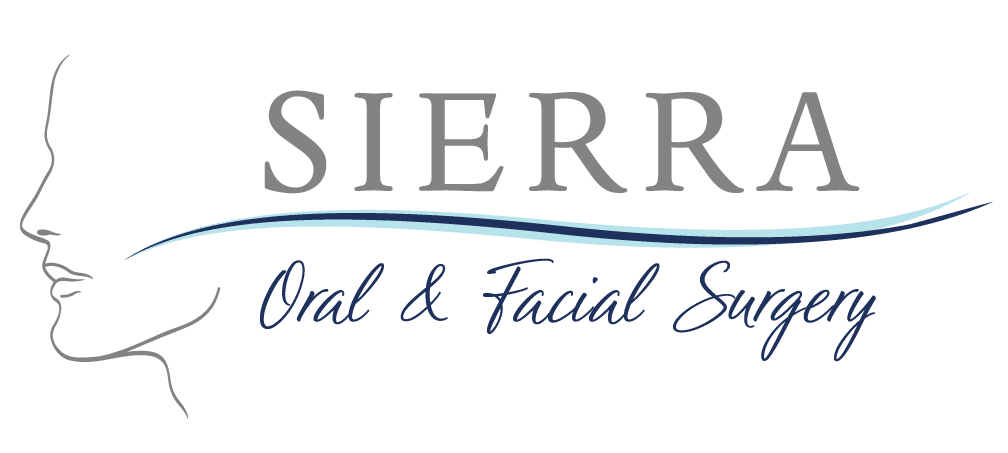Minor Bone Grafting
Over time, the area of the jawbone that is affected by missing teeth can atrophy or be reabsorbed. Often, this can lead to a lower quality of bone in the jaw that will not be able to support the dental implants that may be recommended.
Fortunately for our customers, with today’s technology, we have the ability to grow bone where it is needed. This allows for even some of the most extreme cases of bone loss to have a chance at success, functionality, and overall aesthetic appearance.
Major Bone Grafting
When there is a defect or anomaly in the jaw that is causing problems, a major bone graft will be needed. These defects that call for a major bone graft can result from injury, trauma, or congenital defects and utilize the patient’s own bone to allow for optimum healing. The bone may be gathered from a variety of areas from the body, depending on the size of the area that has been traumatized. The most common places that bone is taken from is the cranium, hip, and tibia (lateral knee). These procedures are routinely performed in our surgery center or local hospital.
Bone Grafting
can aid in the repairing of implant sites where inadequate bones occur due to gum disease, injuries, or even previous extractions. There are several options for retaining bone that will be used in the graft, whether it be from a tissue bank or taken from the patient’s own body. Grafts of the sinus bone are performed in order to successfully replace bone in the posterior upper jaw. Special membranes may be used in these procedures that dissolve under the gums & protect the work performed while also encouraging bone regeneration. This specific process has been commonly known in the industry as guided tissue regeneration.

